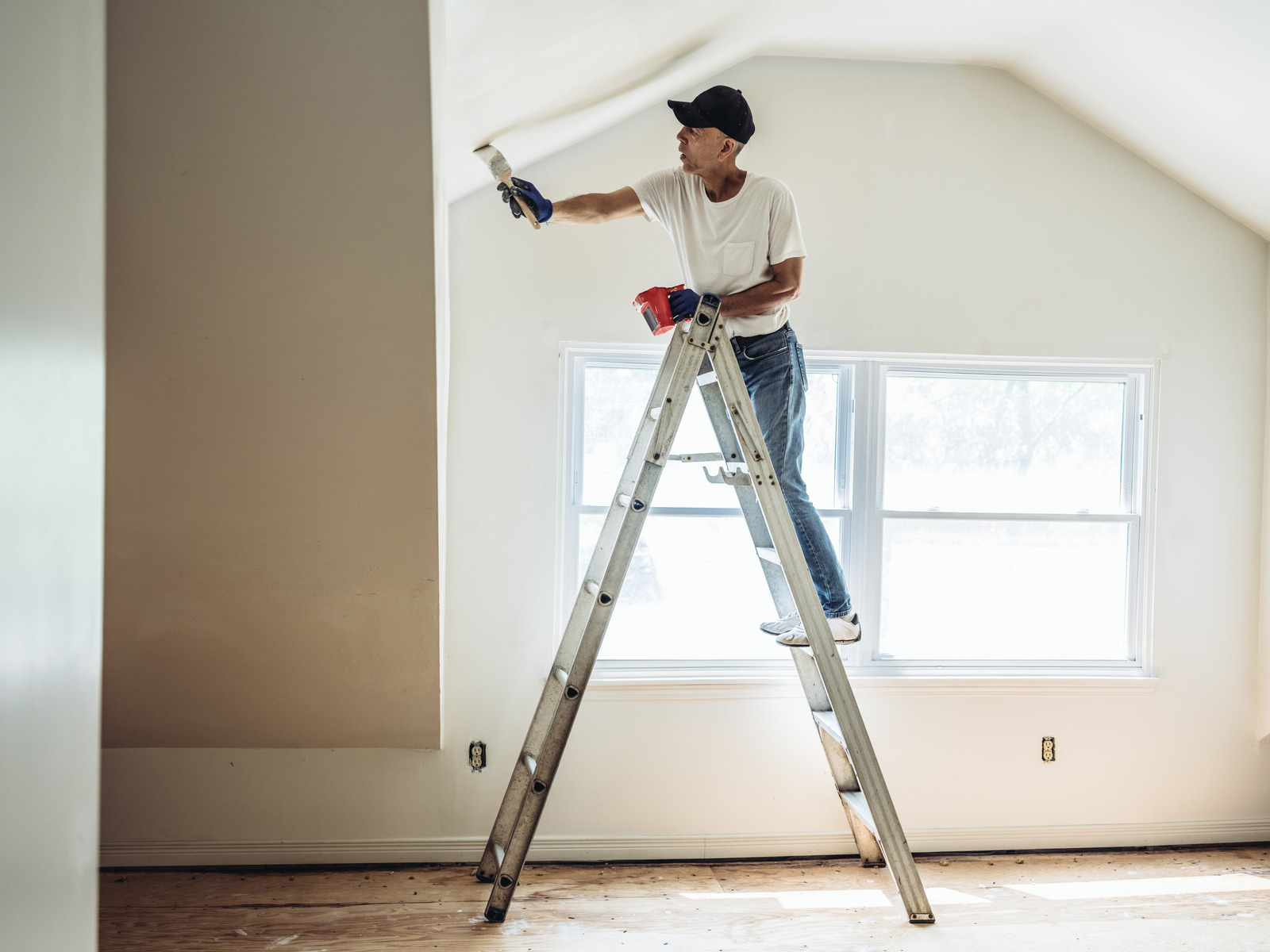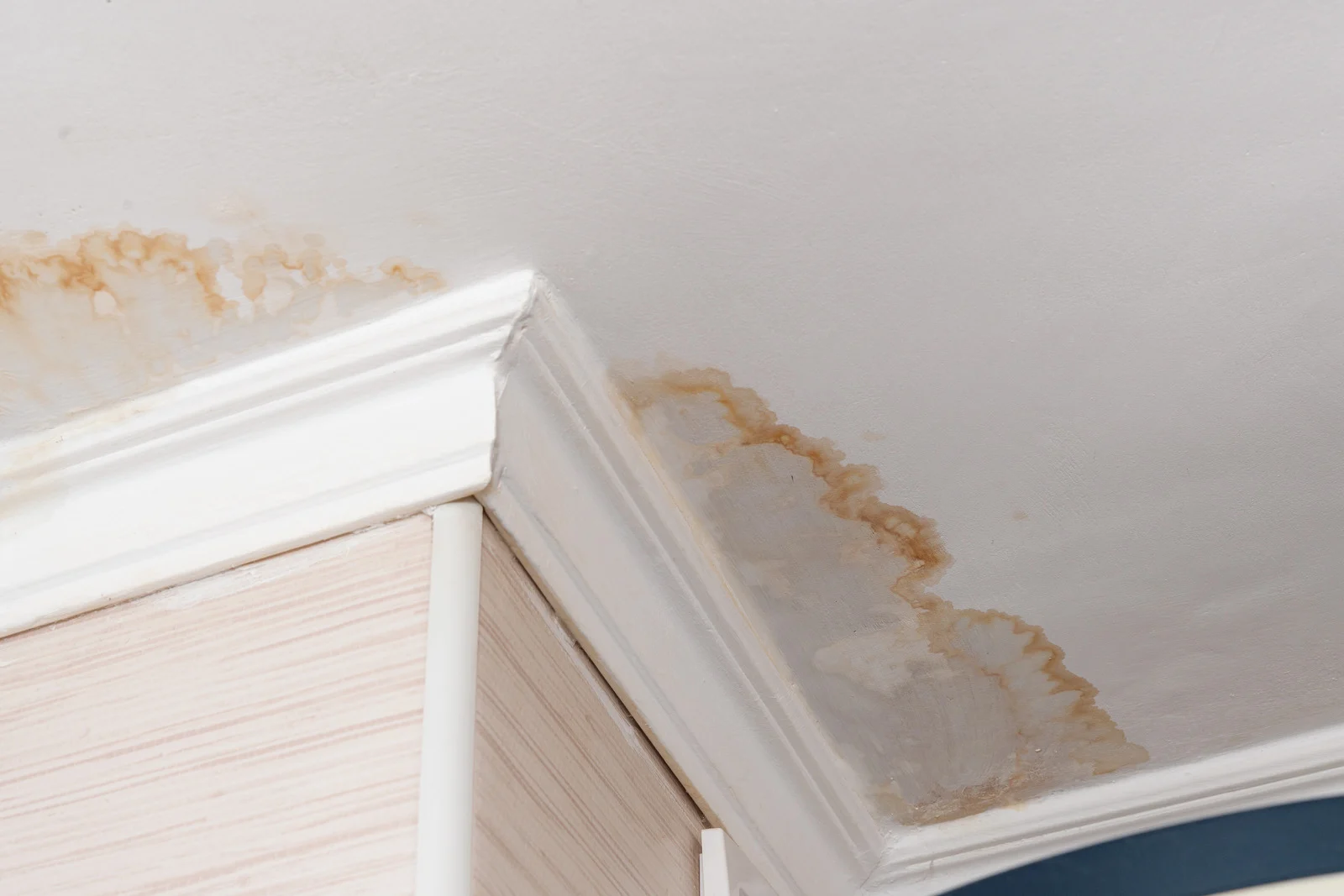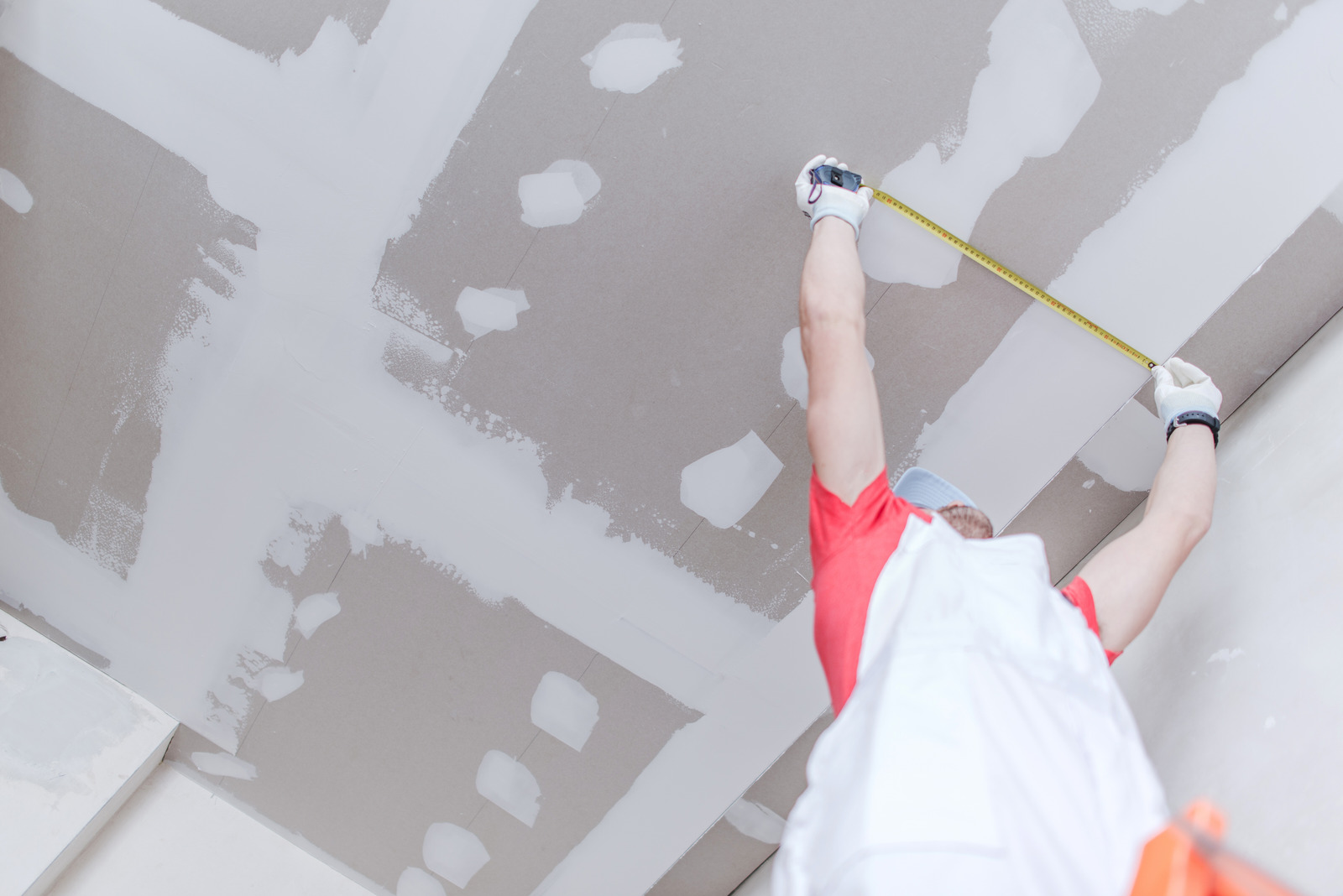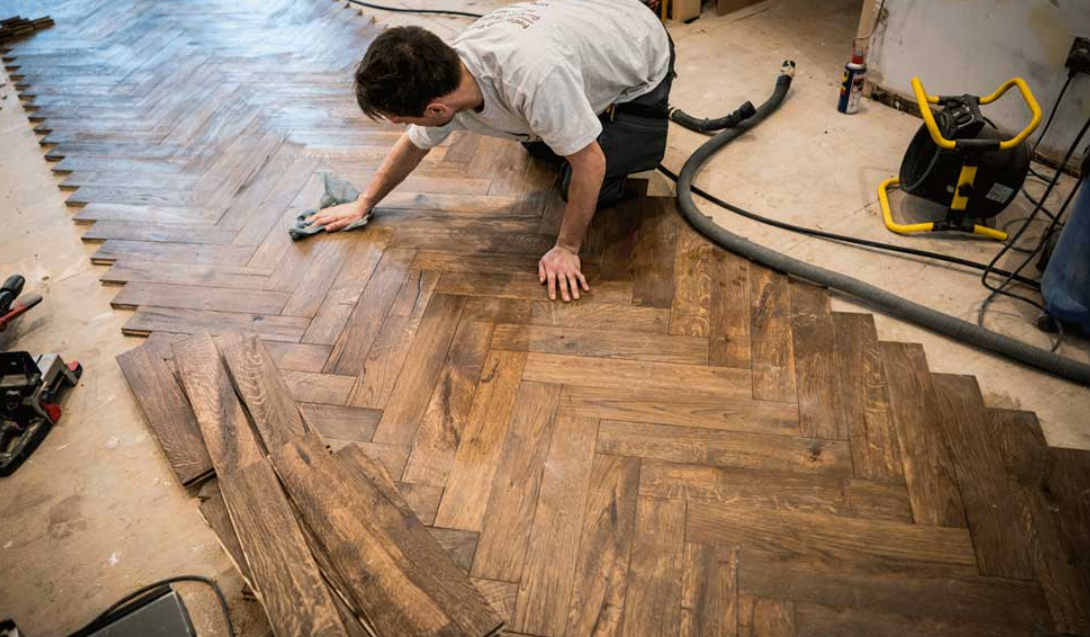
The Ultimate Guide to Garage Door Repair: Reclaim Your Garage
Recognizing Typical Garage Door Problems
Identifying typical problems with garage doors is crucial for successful repair and upkeep. By spotting issues early, homeowners can avoid additional harm and maintain the safety and working conditions of their garage doors. Here are a few of the most frequent garage door issues:
Noisy Operation: A garage door that makes a lot of noise might be a bother and could point to deeper issues like worn-out rollers, loose parts, or not enough lubrication. If you hear squeaking, grinding, or rattling sounds when the door is in use, it’s likely time for maintenance or repairs.
Uneven Movement: If your garage door moves in a lopsided manner or seems to droop on one side, it could be due to misaligned tracks, damaged rollers, or worn-out springs. This uneven movement not only makes the door look bad but also puts extra strain on the opener and other parts.
Stuck or Jammed Door: A door that gets stuck or gets jammed while in motion might have something blocking the tracks, damaged rollers, or parts of the opener that aren’t working right. Trying to force the door open or close could make the situation worse and lead to more damage.
Broken Springs: A common issue with garage doors is the failure or deterioration of the springs, which can make it hard for the door to open and close smoothly. Signs of broken springs include loud noises when the door is in use, difficulty in lifting the door, or visible damage to the springs.
Opener Malfunctions: Problems with the garage door opener, such as the motor not working, faulty wiring, or issues with the programming, can stop the door from opening or closing correctly. Fixing issues with the opener often requires an understanding of electrical systems and how the opener works.
When faced with problems that require professional help, reaching out to a trusted garage door repair company can ensure the repair is carried out safely and effectively.
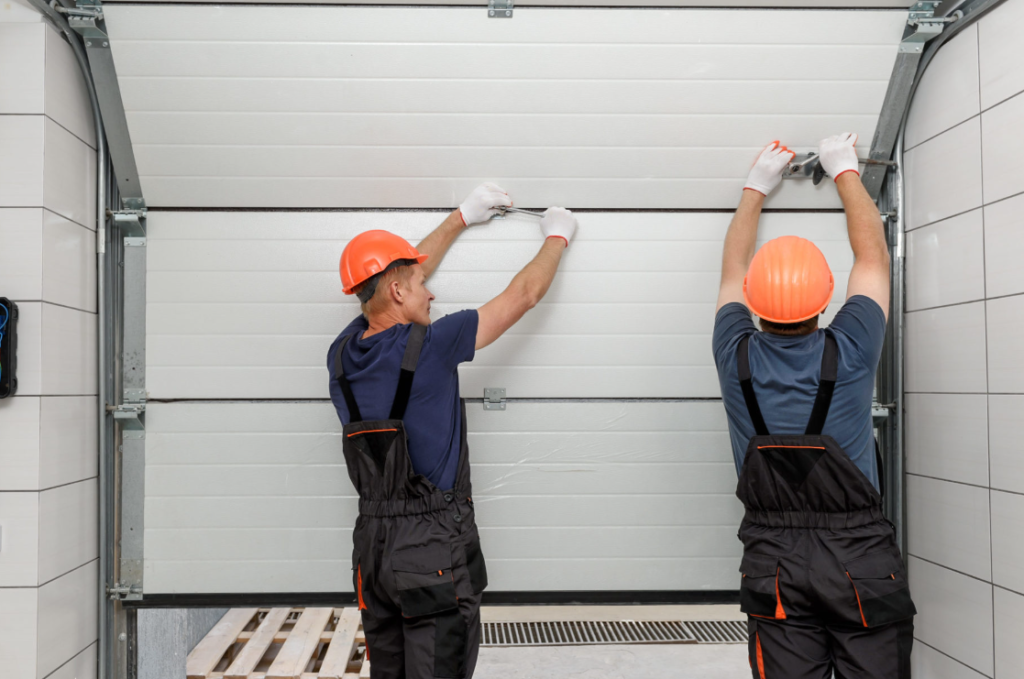
Determining the Amount of Damage
Determining the level of harm to your garage door is essential for figuring out the needed fixes and making sure the door works properly and safely. When looking at how badly your garage door is damaged, think about these important aspects:
Visual Inspection: Begin by checking your garage door for any visible signs of harm, like dents, cracks, or bending. Focus on spots where damage is likely to happen, such as the panels, tracks, and parts.
Misalignment: If your garage door seems off-center or bent when you open or close it, it might suggest deeper structural issues. Check how well the door slides on the tracks and if it seems level when shut.
Issues with Operation: Note any problems with how the door works, like hard-to-open or close, strange sounds when it’s in use, or it suddenly stops or flips around. These could be signs of bigger mechanical issues that need a professional’s help.
Safety Risks: Consider if the damage could be dangerous to you, your family, or your belongings. For instance, if the springs or cables are broken, the door could drop unexpectedly, and if the tracks or rollers are damaged, the door might get stuck or jammed.
Age and Wear: Older doors or those that are already worn out might be more likely to get damaged and might need more work or even a new door.
If you’re unsure, don’t hesitate to ask for help from a trusted garage door repair company to fix any problems and bring your door back to its best shape.
Crucial Equipment and Materials for Garage Door Repair
In the realm of fixing garage doors, it’s crucial to have the proper equipment and materials ready for a seamless and effective repair job. Here are some of the key items you’ll need for typical garage door fixes:
Screwdrivers: A collection of screwdrivers, including both flathead and Phillips-head types, is necessary for loosening or tightening screws and fasteners during repairs.
Adjustable Wrench: An adjustable wrench is useful for adjusting the tightness or looseness of nuts and bolts on the garage door’s components, like hinges and brackets.
Pliers: Pliers are great for holding and moving small parts, such as wires, cables, and springs, during repairs.
Hammer: A hammer can be used to lightly hit or nudge parts that are out of alignment, as well as to hammer in nails or other fasteners.
Tape Measure: A tape measure is essential for getting precise measurements of parts like panel sizes, track lengths, and clearance heights.
Safety Gear: When working on your garage door, it’s important to wear safety gear, like gloves and safety goggles. Also, think about getting a strong ladder or step stool for reaching high spots on the door.
By gathering these necessary tools and materials, you’ll be prepared to handle common garage door repairs and ensure your door continues to function smoothly for a long time. If you’re not sure which tools or materials you need for a particular repair, feel free to ask a professional garage door repair company for advice.
Consistent Maintenance Procedures to Avoid Future Problems
Here are some key upkeep habits to add to your schedule:
Visual Check: Make it a habit to regularly examine your garage door and its parts for any signs of damage, like worn cables, corroded parts, or dinged surfaces. Tackling small problems early can prevent them from turning into major ones.
Lubrication: Ensure all moving parts are properly greased to lessen friction and damage. Use a silicone-based lubricant on rollers, hinges, tracks, springs, and other moving elements at least every six months or whenever necessary.
Hardware Tightening: Frequently inspect and tighten any loose hardware, such as nuts, bolts, screws, and brackets, to keep the door aligned and secure.
Professional Check-Up: Consider calling in a garage door expert. A thorough check-up, maintenance, and fine-tuning will keep your door in top shape and spot any issues before they worsen.
By following these routine maintenance steps, you can prolong the life of your garage door, reduce the chance of sudden failures, and maintain the safety and security of your property.
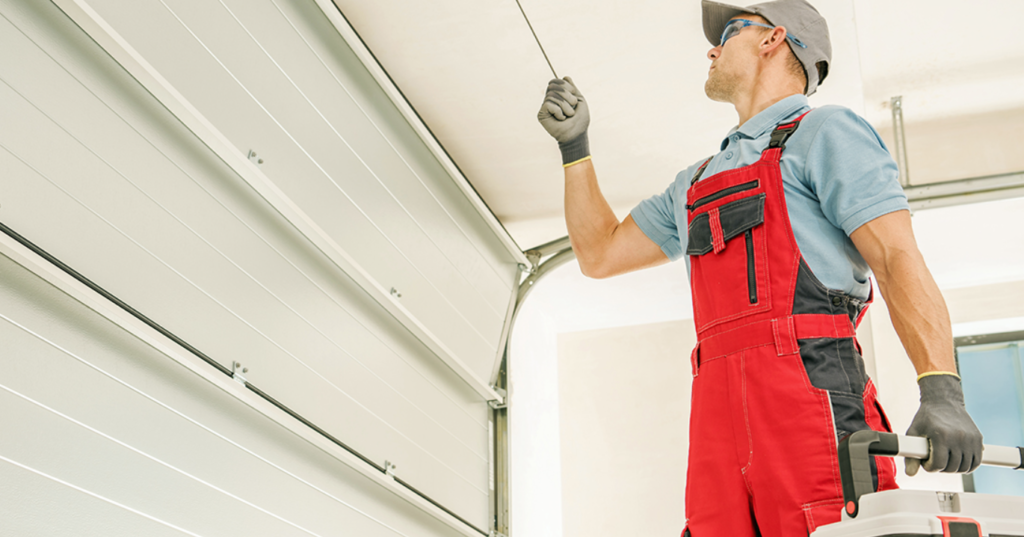
Conclusion
Keeping your garage door in good working order is crucial for the safety, security, and ease of living in your home. By adhering to the key advice provided in this manual, you can spot typical problems with your garage door, evaluate the extent of the damage, gather the needed tools and materials, and carry out regular upkeep to avoid future issues. Whether it’s fixing small repairs or doing regular checks, being proactive in maintaining your garage door will save you from expensive fixes and guarantee its smooth functioning. Keep in mind, if you’re unsure or dealing with more complicated issues, don’t be afraid to call in a professional garage door expert. Armed with these key tips, you can regain control of your garage and feel secure knowing your garage door is in top shape.

